In the modern world, diseases affecting the reproductive function of women are very common. Since the pelvic organs are closely interconnected, disturbances in the operation of one of them can lead to the development of pathological processes in the other. One of the common diseases of the female reproductive system is adnexitis. What reasons contribute to the development of this pathology and what are the possible treatment options that are used in this case, we will analyze in the article.
Definition
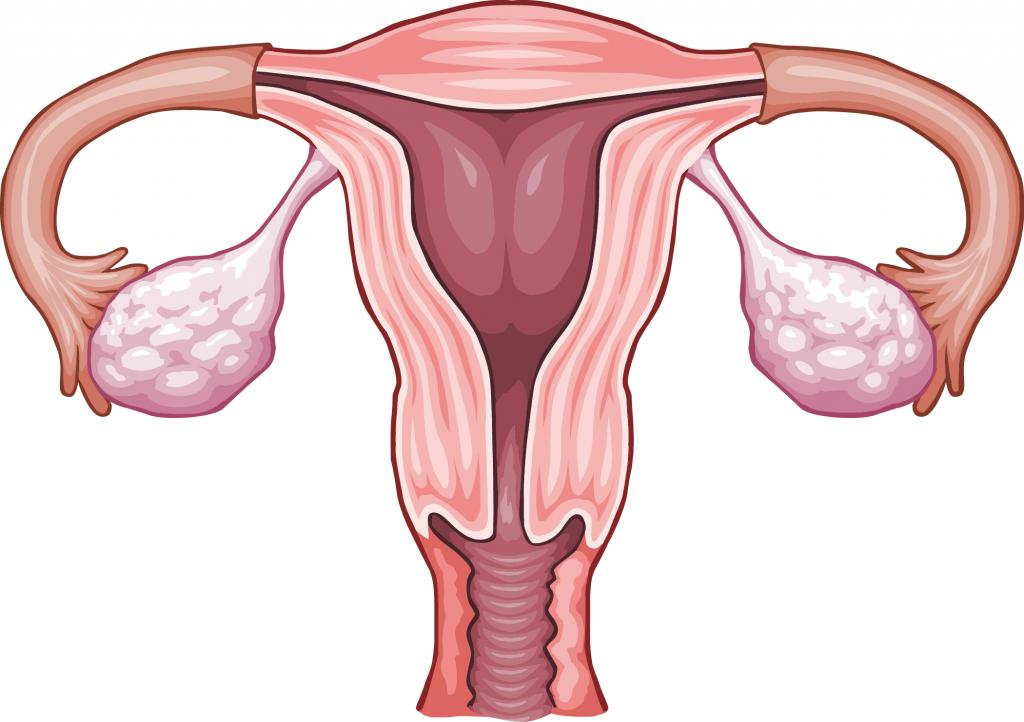
Adnexitis is an inflammatory process that occurs in the appendages of the uterus. The disease is more susceptible to women under 30 years of age. Most often, left-sided adnexitis is diagnosed, which tends to progress rapidly. If untreated, a chronic stage of the disease can develop, which often leads to infertility. The most common cause of pathology is infection. In the International Classification of Diseases (ICD-10), left-side adnexitis has a code of 70.1.
Classification
Specialists divide adnexitis into several stages, which depend on the severity of the symptoms. Let's consider them in more detail:
- The acute stage. It occurs with the development of the inflammatory process due to infection in the genitals and a decrease in immunity.
- Subacute left-sided adnexitis. It does not occur as often as other forms of the disease. The symptoms are similar to the acute course, but the symptoms are not so pronounced.
- Chronic stage. It occurs, as a rule, due to the untreated acute form of the disease. It is characterized by periods of exacerbation and subsidence of related symptoms. The menstrual cycle is severely disturbed. This stage of adnexitis can lead to infertility.
- Purulent form. It occurs due to the activity of various bacteria. A very dangerous stage of adnexitis, requiring immediate treatment.
Causes
The main reason for the development of left-sided adnexitis is the effect on the genitals of pathogenic microflora. The following pathways of infection to the organs of the genitourinary system of a woman are distinguished:
- Surgery.
- The ascending path is from the vagina and uterus (for example, with vaginitis).
- Descending - infection comes from the abdominal organs (for example, with appendicitis).
- Through lymph and blood. Diseases that cause adnexitis, getting into the female organs, are syphilis, tuberculosis and others.
The reasons that provoked the development of left-sided adnexitis include:
- Abortion.
- Cesarean section.
- Inflammatory processes in the body of a woman.
- Hypothermia.
- Intrauterine device.
- Untreated diseases of the reproductive system.
- Decreased immunity.
- Erratic sexual intercourse without the use of protective equipment.
- Venereal diseases.
- Prolonged stress.
- Surgical interventions.
- Colds.
- Exchange disorders.
- Non-observance of personal hygiene.
Symptomatology

Symptoms of left-sided adnexitis are very diverse and depend on the stage of development of the disease. But in almost all cases, their manifestations will be observed on the left side.
Acute left-sided adnexitis is characterized by the following symptoms:
- Raising the temperature to high values.
- Chills.
- Cramping pains localized in the lower abdomen. They can give to the sacral region.
- Difficulty urinating.
- Increased sweating.
- Bad health, manifested by headaches and muscle pains.
- When pressing on the stomach, pain is felt.
- The presence of pathological discharge.
The chronic stage of the disease is characterized by the development of the following manifestations:
- Pain during intercourse and during bowel movements.
- Menstrual irregularities.
- Purulent discharge.
- Aching in the lower abdomen.
- Painful menstruation.
- Violations of the stool.
- The stomach is tense.
- Inability to get pregnant.
- Depressive conditions.
An exacerbation of chronic left-sided adnexitis is manifested by a slight increase in pain and a deterioration in well-being.
Diagnostics
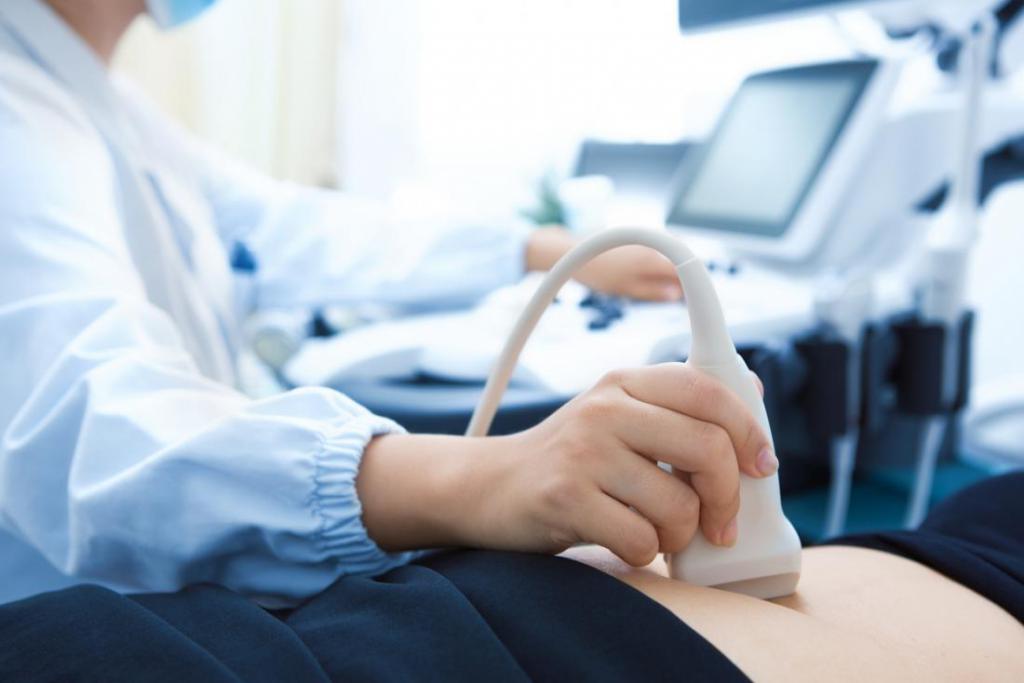
If signs of left-sided adnexitis are detected, the diagnosis will be aimed at confirming the diagnosis and identifying a provoking factor. Timely diagnosis is very important, because the symptoms of adnexitis are similar to the manifestations of many diseases of the female genitourinary system.
First of all, you need to contact a gynecologist, who will collect a medical history, conduct an examination and give recommendations for further diagnostic measures.
To clarify the diagnosis and severity of the disease, a complex of laboratory and diagnostic studies is used. These include:
- Gynecological examination, with which the doctor determines the size and sensitivity of the appendages.
- A general analysis of urine and blood will determine the presence of an inflammatory process.
- Taking a smear for bacteriological examination.
- Ultrasound examination of the abdominal cavity and pelvic organs.
- Laparoscopic diagnosis.
- MRI or computed tomography.
- Roentgenography.
The doctor makes an accurate diagnosis only after receiving the results of all prescribed tests. After that, an effective treatment plan is drawn up.
Treatment
First of all, treatment of left-sided adnexitis will be aimed at suppressing the infection, eliminating complications and restoring the woman's reproductive function.
Therapy is prescribed taking into account the characteristics of the course of the disease and the general condition of the patient. The most effective is considered a comprehensive treatment, which includes taking medications, traditional medicine and surgical intervention. With left-sided adnexitis, symptoms and treatment will be interconnected.
Drug treatment
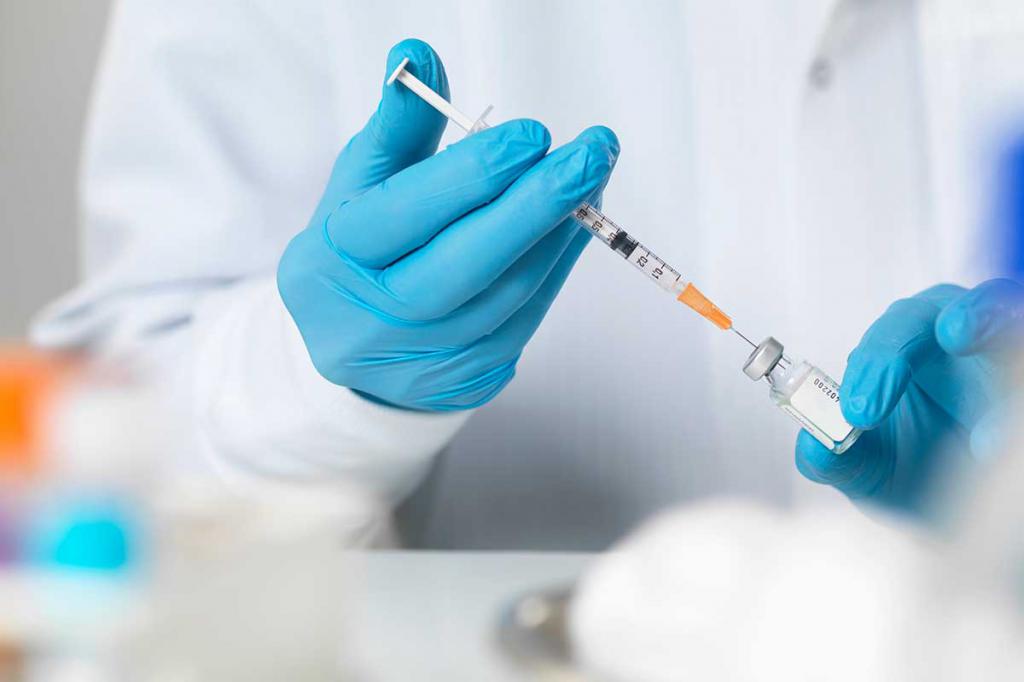
Treatment measures in the early stages of the disease are allowed to be performed on an outpatient basis, but acute adnexitis is treated in a hospital. Consider the most common categories of drugs used in the treatment of a pathological condition.
- The most effective drugs are antibiotics. They are prescribed individually by the attending physician, taking into account the severity of the disease and the type of infection that contributed to the onset of inflammation.
- Anti-inflammatory drugs.
- Antihistamines that relieve swelling and are the prevention of side effects when taking antibiotics.
- With severe pain, the use of painkillers is allowed. But since their intake is not recommended for more than three days, cold is used as an alternative. To do this, the ice is wrapped in a towel and applied to the site of inflammation. Every half hour, it is recommended to take a ten-minute break.
In the chronic stage of adnexitis, the following drugs may be added to the above:
- Antiviral drugs.
- Antifungal agents.
- Vitamin complexes.
- Immunostimulants.
It is worth noting that, as a therapy, the doctor may recommend the use of medications in the form of suppositories. After passing the course of treatment, the passage of physiotherapy is indicated - vibration massage, ultrasound and others.
Doctors do not recommend becoming pregnant before the end of treatment. After a course of prescribed procedures, you need to undergo a re-examination to clarify the effectiveness of therapy.
Surgical intervention
The operation can be indicated in cases where other treatment methods have not brought a positive effect, or if the condition of the woman worsens with the development of a purulent process.
The goal of surgical treatment will be to maintain reproductive function, remove the purulent focus and adhesions, as well as restore the patency of the tubes. In most cases, the laparoscopic method of surgical intervention is used, which is more gentle. In advanced cases, the doctor may decide to remove the affected organ or part thereof.
Traditional medicine and diet

In addition to traditional methods of treatment, it is possible to use traditional medicine, which can help relieve inflammation and accelerate recovery.
Medicinal herbs used in the treatment of adnexitis are used in the form of infusions and decoctions. The following plants have proven themselves well:
- Pine uterus.
- Rosemary.
- Rosehip.
- Chamomile.
- Dandelion.
- St. John's wort
- Calendula.
- Oak bark.
It is important to remember that any medicinal herbs can be used only after consultation with your doctor.
In addition to the above treatment methods, it is necessary to adhere to a certain diet, which eliminates allergenic, fatty, spicy foods. It is recommended to eat vegetables and fruits rich in vitamin C, dairy products. At the same time, you need to abandon sweets, salty foods and limit the use of coffee, carbonated drinks and muffins.
Complications
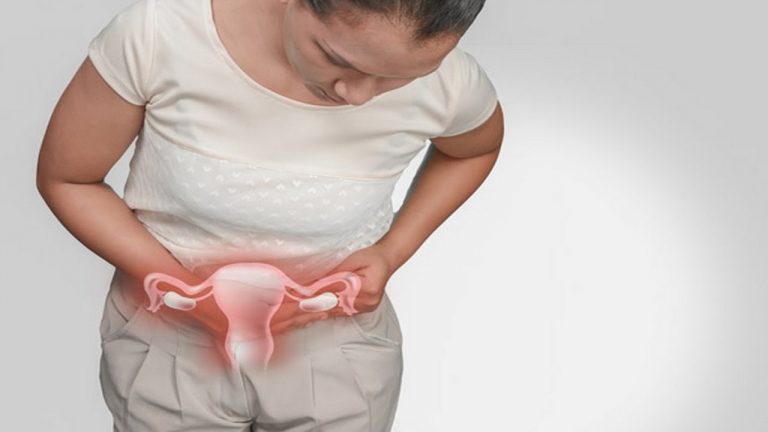
First of all, left-sided adnexitis has a negative effect on the reproductive function of women. More advanced stages of the disease can lead to infertility. If pregnancy occurs, the probability of its pathological course is high. Complications include ectopic pregnancies or early miscarriages.
With the development of purulent adnexitis, infection can spread to the abdominal cavity.
Prevention and prognosis
To exclude the development of pathology, it is necessary to adhere to a number of recommendations:
- A systematic visit to the gynecologist.
- Timely treatment of all diseases.
- Compliance with personal hygiene.
- Exclusion of stress and hypothermia.
- The use of contraception.
- Abortion Prevention
- Refusal to wear tight underwear. Give preference to cotton fabrics.
With timely contact to a medical institution and timely treatment, the prognosis for left-sided adnexitis will be favorable. Therefore, you need to listen to your body and, when signs of the disease appear, go through all the necessary tests.
Conclusion
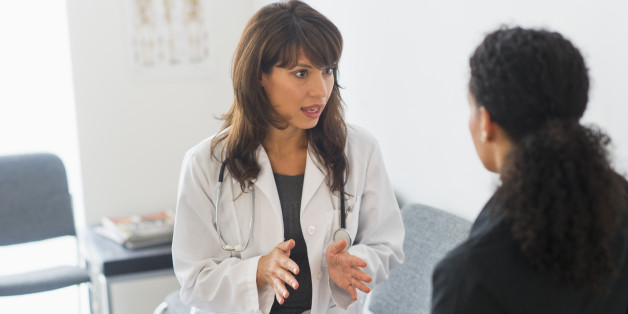
Adnexitis is a disease that, when promptly contacted by a doctor, is quite successfully treated. A woman should constantly monitor her health and not neglect planned visits to the gynecologist. Preventive measures for this disease are the best solution to prevent the development of the pathological process. If the disease could not be avoided, for a speedy recovery and the exclusion of dangerous consequences, you need to follow all the doctor's recommendations, not forgetting about the diet.